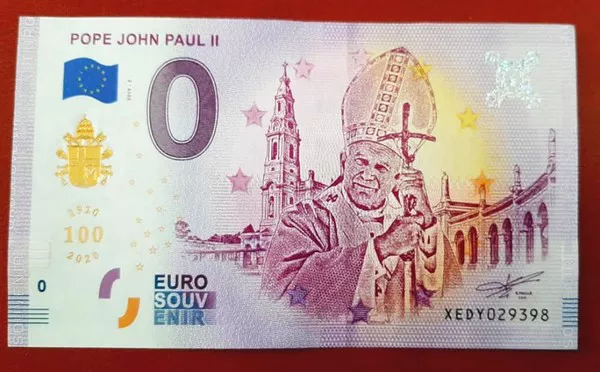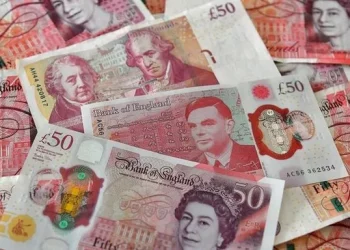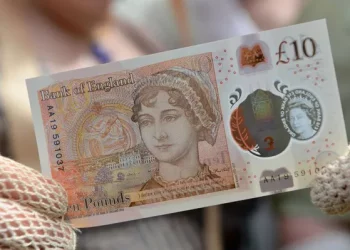It refers to the restrictive measures imposed by a government on entry and exit in order to balance the international balance of payments and maintain the country.
Also known as foreign exchange management in China, an international trade policy in which the government imposes restrictions on imports by decree.
The History of Exchange Control The exchange control began during the First World War.
At that time, the system collapsed, and the United States, France, Germany, Italy and other participating countries experienced huge fluctuations in their currencies and large amounts of capital flight.
In order to concentrate foreign exchange assets in the war, slow down exchange rate fluctuations and prevent capital outflow from the country, the participating countries abolished the free trading of foreign exchange, prohibited the export of gold and implemented foreign exchange control during the war.
During the world economic crisis from 1929 to 1933, many countries that had abolished exchange control after the war re-imposed exchange control, and some countries that had adopted gold bullion and gold standard also implemented exchange control one after another.
Turkey first imposed foreign exchange control in 1930, followed by more than 20 countries including Germany, Italy, Austria, Denmark and Argentina in 1932.
After the outbreak of the Second World War, the participating countries immediately introduced comprehensive and strict exchange controls.
In 1940, out of 100 countries and regions, only 11 countries had no formal exchange control, and the scope of exchange control was more extensive than before.
In the early post-war period, Western European countries continued to implement foreign exchange control for reasons such as widespread “scarcity”.
In the late 1950s, the economies of Western European countries recovered and the balance of payments improved. Starting from 1958, countries resumed free convertibility to different degrees and lifted foreign exchange controls on the international trade balance, but the foreign exchange controls on other items remained unchanged.
In 1961, most Member States of the International Monetary Fund committed themselves to their obligations under Article 8 of the IMF Agreement to avoid exchange restrictions and to free currency convertibility.
However, up to the 1990s, the vast majority of countries still implemented foreign exchange control to varying degrees. Even in nominal terms, countries that completely abolished foreign exchange control still often implemented indirect restrictions on residents’ non-trade balance or non-residents’ capital account balance.
The characteristics of foreign exchange control countries are generally divided into three types according to the content and severity of foreign exchange control: ¢Ù Countries and regions that implement strict foreign exchange control.
Such countries are typically characterized by an extreme shortage of foreign exchange, economic underdevelopment or backwardness in foreign trade, as are most developing countries and countries with centrally planned economies.
(2) Countries and regions with partial foreign exchange control.
Such countries do not control current account foreign exchange payments by non-residents but restrict capital account transactions.
For example, some developed countries or relatively open developing countries.
(3) Countries that have nominally abolished exchange controls but still maintain them to varying degrees.
As of 1991, there were more than 20 countries in this category, mainly industrially developed countries and oil exporting countries.
Markets shrugged off the Fed‘s doubling, the dollar fell from a three-week high and gold rallied more than $20.
Please pay attention to the specific operation, the market is changing rapidly, investment needs to be cautious, the operation strategy is for reference only.

























